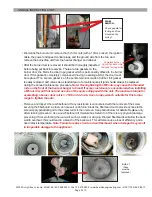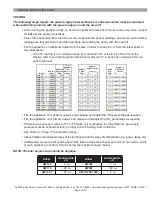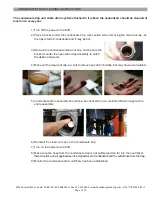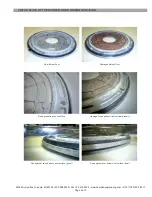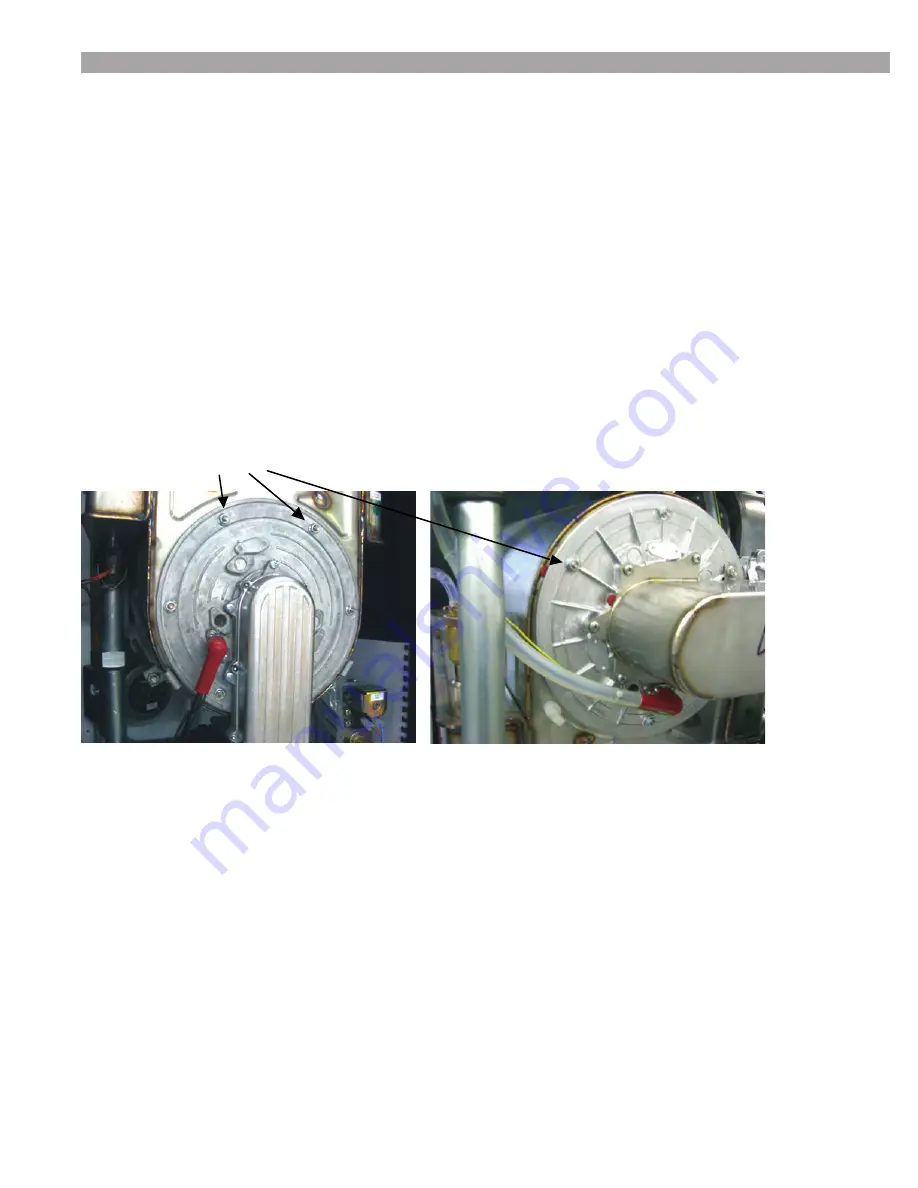
INSTALLATION OF THE BURNER DOOR DURING SERVICING
34000 Autry Street, Livonia, MI 48150 • 800.968.5530 • Fax 734.419.0209 • www.hamiltonengineering.com • LIT91178 REV 5/2017
Page 8 of 9
Proper precautions must be taken when installing the EVO burner door. Faulty installation or using a door
in need of replacement risks leakage of combustion products, or further, a damaged heat exchanger that
will not be covered under warranty.
Any time the burner door is removed, it should be thoroughly inspected before being put back into
service. There are two gaskets on the burner door; the first is the inner rope gasket, which is permanently
affixed to the burner door. If this gasket is completely compressed (having no sealing ability), the door
must be replaced. The second gasket is on the perimeter and is made of rubber; this gasket is easily
replaced and comes as a standard part of the maintenance kit (and should always be replaced during the
annual maintenance procedure). To limit risks, the following instructions must be adhered to.
PROPER PROCEDURE
Before installing a burner door, the two gaskets and the burner door refractory must to be checked for damage or
deterioration and proper placement (rubber gasket and refractory); once this inspection is completed, the burner door can
be mounted with the six M6 nuts.
Please note: Over-tightening the M6 nuts may cause the threaded rods on the
front of the heat exchanger to break!
If excess resistance is encountered when installing an M6 nut, discard that nut
and use one of the spares shipped with the unit.
The maximum torque for assembling a burner door nut is 3.7 ft-lb or 44.4 in-lb
Use a torque wrench suitable for this torque range, to tighten the nuts.
M6 nuts and thread studs
After starting up the unit:
To limit the risk of leaking combustion products, a leak test of the burner door gaskets with a hand held
combustion gas leak detector (sniffer) must be done.
See next page for detailed photos of burner door and gasket conditions.



